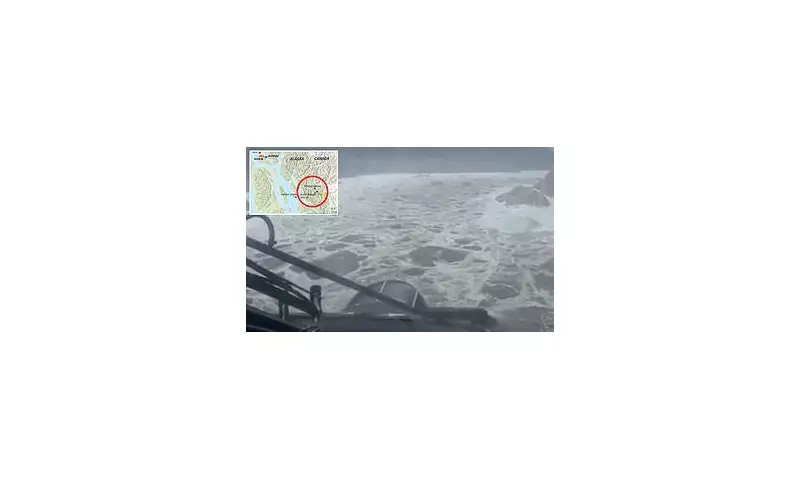
Scientists are scratching their heads after detecting mysterious seismic waves resembling a tsunami in Alaska—without any clear cause. The eerie event, dubbed a 'ghost tsunami,' has experts questioning whether hidden underwater movements or undiscovered geological phenomena could be at play.
What Happened?
On a seemingly ordinary day, seismic sensors picked up unusual wave patterns along the Alaskan coast. The readings mimicked those of a tsunami, yet no earthquake, landslide, or volcanic eruption—typical triggers—were recorded.
Theories and Speculations
Researchers have proposed several theories:
- Underwater Landslides: A hidden, slow-moving landslide could have generated the waves without triggering seismic alarms.
- Atmospheric Disturbances: Rare atmospheric pressure changes might have created the illusion of a tsunami.
- Unknown Geological Activity: Could there be undetected movements beneath the ocean floor?
Why It Matters
Understanding these anomalies is crucial for early warning systems. If such events can occur without warning, coastal communities may need revised safety protocols.
For now, the 'ghost tsunami' remains an unsolved mystery—one that continues to intrigue scientists worldwide.





